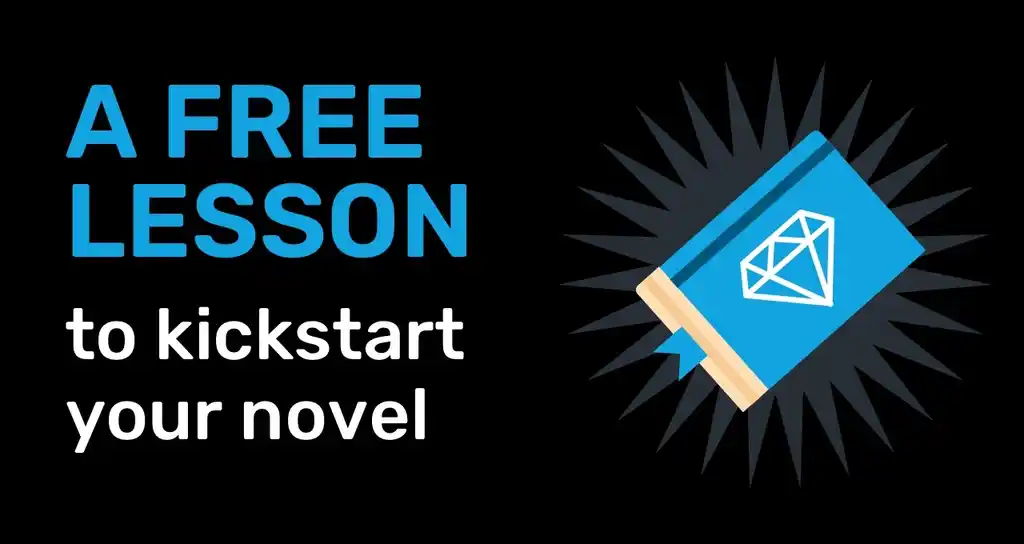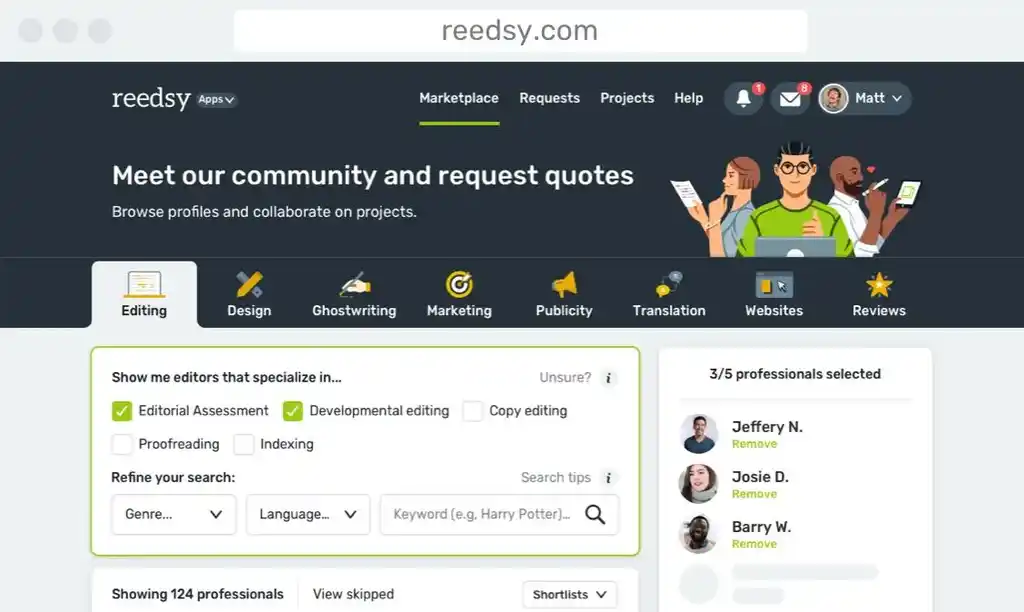In this presentation, Jamie Nash draws from his experience as a horror screenwriter and author of three Save the Cat books to reveal the structural foundations of effective horror storytelling. He explains how the Monster in the House framework provides a repeatable solution for crafting horror narratives, why the timing of survival realization determines whether your story follows relentless or slow burn pacing, and what structural elements make horror stories escalate into compelling life-or-death confrontations.
This is a summary of Nash's presentation on writing horror using Save the Cat methodology. To hear him go into more detail, you can use the time stamps featured below.
Save the Cat Foundation and Monster in the House Structure (08:58)
Save the Cat's story genres differ from traditional blockbuster categories. In horror, one such story pattern is "Monster in the House", which contains three essential elements:
- A monster (supernatural, unstoppable, or extremely evil),
- A house that traps characters and removes their free will,
- A sin — a transgression that lets the monster in or creates it. This sin doesn't have to belong to the hero; it could be society's or humanity's transgression.
Note that not all horror stories follow this exact pattern. However, horror always devolves into a survival story by the end, escalating into life-and-death struggles, where the goal becomes pure survival by the final act.
Relentless vs Slow Burn Horror Pacing (18:50)
The timing of when heroes realize they're trapped in life-or-death survival determines the horror's pacing structure. Relentless horror places the "we're trapped with a monster" beat in Act One, creating explosive urgency from the start. The monster engages fully at the beginning of Act Two, delivering the primal survival stakes that audiences expect.
Slow burn horror delays this realization until the midpoint or "all is lost" beat around the 75% mark. Slow burn emphasizes simmering dread and extended tension, functioning as a long tease where audiences often know more than heroes about approaching danger.
Characteristics and Challenges of Each Horror Type (21:12)
Relentless horror establishes monster, house, and survival stakes in Act One so that the chess match of attacks and defenses can begin immediately.
Heroes in slow burn horror are typically unaware they're in a survival story. They might see the monster without recognizing the threat or be distracted by other life events. The monster might not appear until later in the story.
Slow burn stories face pitching challenges because the most compelling elements don't emerge until the midpoint or later, requiring mysterious or ambiguous loglines rather than concrete survival scenarios. This forces writers to focus on mysterious elements rather than concrete survival scenarios. They’re harder to pitch, but potentially more intriguing.
Act One Structure and Opening Scares (31:36)
Horror stories benefit from opening scares. In the Netflix age, these are almost mandatory where readers make snap judgments. Opening scares take several forms:
- The first kill (monster strikes for the first time),
- The flash forward (glimpse of future horror that plants tension),
- The origin of the horror (prologue showing how it began),
- Horror before the horror (traumatic backstory that sets up character arc),
- The dread start (loading the opening with an ominous atmosphere).
Stories that skip true opening scares must compensate by loading initial scenes with substantial dread.
Break into Two and Fun and Games Sections (38:00)
The break into two is the moment when the hero decides to pursue a specific goal, knowing there's an obstacle blocking them and understanding what they'll lose if they fail. This decision point launches the “fun and games” section, which contains all the key elements you'd find in a movie trailer or book blurb.
Relentless horror breaks into two when the heroes realize they're trapped in survival mode. To avoid repetitive survival scenes, heroes need sub-goals, such as:
- Acquiring weapons.
- Discovering the monster's weakness.
- Finding escape routes.
- Forming alliances.
- Rescuing others.
Slow burn horror's break into two commits the heroes to actions that will eventually lead to monster confrontation, but they are not yet trapped. One “fun and games” strategy may include "scares in the shadows," where the monster acts outside hero awareness.
This continues the underlying indie drama while the monster interferes, and helps build a sense of dread amongst the audience, as they learn to recognize warning signs that the heroes remain oblivious to.
The Monstrous Midpoint (45:42)
Regardless of the type of horror, the midpoint is where stakes escalate, secrets are unravelled, and survival becomes more difficult. Relentless horror can add ticking clocks, wins that stir the monster's focus, trap escalations, or plot twists that make things more personal.
In slow burn horror, this is often the point when:
- The heroes finally realize they're trapped with a monster.
- A minor victory for our heroes stirs the monster's attention.
- The heroes recognize the monster as dangerous,
- Critical events build, beginning the countdown to final confrontation.
Some slow burn stories delay even these revelations until the "all is lost" moment at the 75% mark.
Final Stand and Horror Climax (48:21)
Every Monster in the House story ends with a showdown after all sub-goals have failed. The final stand takes one of three forms:
- "We have to kill it" (slaying, banishing, or exorcising the monster).
- "One last chance to escape" (purely focused on getting out).
- "We must defend ourselves" (hunkering down and surviving attacks).
Whether relentless or slow burn, all horror stories land in these life-or-death confrontation climaxes where survival becomes the only remaining option.





